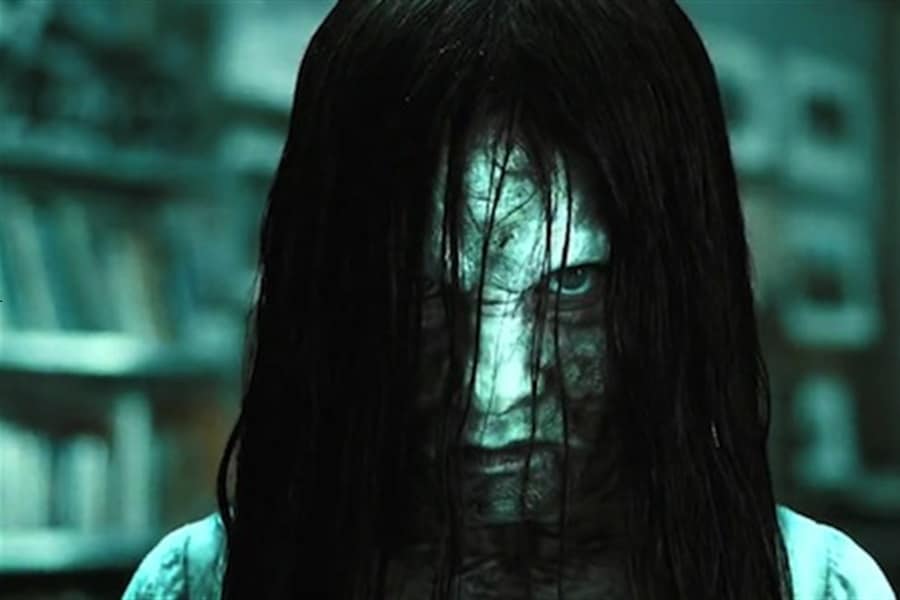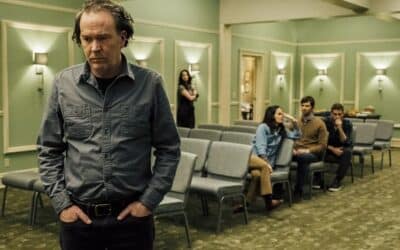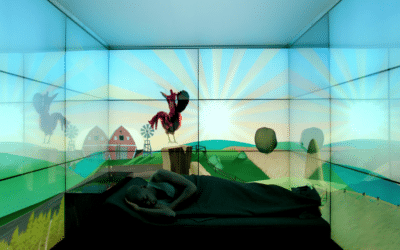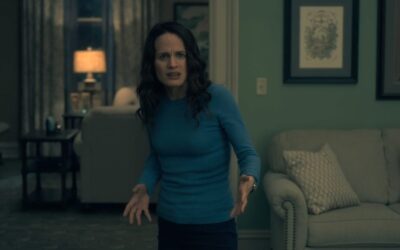
Horror Movie Popularity
Horror movies, a genre often lurking in the shadows of the cinematic world, have clawed their way into the limelight, ensnaring a dedicated and growing fan base. This fascination with the macabre and the supernatural isn’t a recent phenomenon; it’s as old as storytelling itself. Horror taps into the primal fears and morbid curiosities that reside in the depths of the human psyche.
Trace the genre’s lineage, and you’ll find roots entangled with the earliest forms of folklore and myth. Classic literature, too, played a pivotal role. Mary Shelley’s “Frankenstein” and Bram Stoker’s “Dracula” not only introduced iconic monsters but also set a precedent for horror that blends the psychological with the supernatural. These literary giants bridged the gap between the written word and the silver screen, laying the groundwork for a genre that thrives on adaptation and reinvention.
The early 20th century saw the birth of horror cinema, with films like “Nosferatu” (1922) and “The Cabinet of Dr. Caligari” (1920) setting a high bar. Their use of shadow and suspense rather than gore laid the foundation for the atmospheric horror films that followed. It was an era where the unseen and the unspoken held more terror than graphic displays of horror. This subtlety is a stark contrast to the visceral shocks that would come later with the evolution of special effects and makeup.
As the century progressed, horror films began reflecting societal fears. The Cold War era saw the rise of science fiction horror, where the threat of nuclear annihilation and fears of the unknown were personified in creatures from outer space or the results of scientific experiments gone awry, as seen in “The Thing from Another World” (1951). This trend continued into the late 20th century, with the horror genre often serving as a mirror to the anxieties of the times.
The 1970s and 80s marked a significant shift. The emergence of the slasher film, with movies like “Halloween” (1978) and “Friday the 13th” (1980), turned horror into a mainstream phenomenon. These films, often low budget but high on shock value, carved out a new niche. They introduced the concept of the ‘final girl’ and the unstoppable killer, tropes that are now staples of the genre. The era also saw a rise in psychological horror, with films exploring the darker sides of human nature, often leaving audiences with lingering feelings of unease long after the credits rolled.
Adaptations of Stephen King’s works have been particularly instrumental in shaping modern horror cinema. “Carrie” (1976) and “The Shining” (1980) are prime examples. King’s ability to weave terror into the fabric of everyday life resonated with audiences and filmmakers alike, leading to numerous adaptations of his work. His stories often focus on the ordinary being corrupted by the extraordinary, a theme that strikes a chord with viewers.
The turn of the millennium brought a new flavor of horror. Films like “The Ring” (2002) and “The Grudge” (2004), remakes of Japanese horror movies, introduced Western audiences to a different style of horror, one that relied on a slow-building, creeping dread rather than the jump scares and gore that had become common. This period also saw a resurgence in zombie films, with “28 Days Later” (2002) redefining the genre with its fast-moving, rage-infected zombies.
The 2010s witnessed a renaissance in horror. Films like “Get Out” (2017) and “Hereditary” (2018) not only received critical acclaim but also performed well at the box office. These films, along with others like “The Babadook” (2014) and “It Follows” (2014), have been praised for their innovative storytelling and ability to weave social commentary into their narratives. They represent a move towards more cerebral, character-driven horror, a stark departure from the formulaic slashers of previous decades.
Streaming services have further fueled the popularity of horror, with platforms like Netflix and Amazon Prime offering a vast library of horror films from different eras and countries. This accessibility has allowed for the discovery and revival of cult classics and has given independent horror films a much wider audience. Series like “Stranger Things” have also played a significant role, blending nostalgia with horror and science fiction, appealing to a broad range of viewers.
Another factor in the enduring appeal of horror movies is the communal experience they offer. There’s a unique kind of bonding that happens when people share in the experience of being scared together, whether in a darkened theater or huddled around a TV screen at home. This shared experience is part of what makes horror movies a popular choice for social gatherings, especially among younger audiences.
The future of horror movies looks as bright and as dark as ever. Virtual reality offers a new frontier for horror, with the potential for even more immersive and terrifying experiences. At the same time, the genre continues to evolve, with filmmakers experimenting with new ways to tell stories that chill and thrill.
Horror movies, in essence, are a paradoxical blend of escapism and confrontation. They allow audiences to confront their deepest fears in a safe, controlled environment. This cathartic aspect of horror is perhaps what draws people back time and again. Whether it’s the psychological terror of losing one’s mind, the primal fear of being chased, or the existential dread of the supernatural, horror movies offer a unique form of entertainment that is as compelling as it is terrifying.
As long as there are fears to confront and taboos to explore, horror movies will continue to captivate and terrify audiences. They are a reflection of the human condition, a dark mirror showing us parts of ourselves we often prefer to ignore. In the end, the popularity of horror movies lies in their ability to make us feel alive, to remind us of the thrill of being scared, and to let us explore the darker corners of our imagination.
More Horror Features
Horror Through the Ages
A Journey Through Time and Terror
Technology in Horror
When gadgets become nightmares
Female Characters in Horror
From Victims to Heroes



